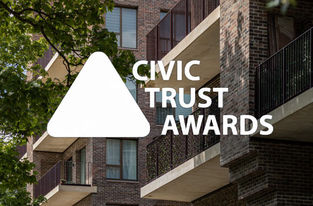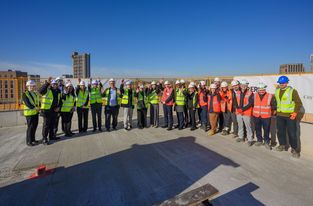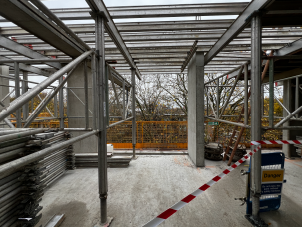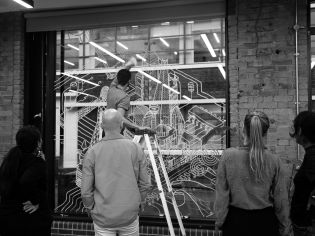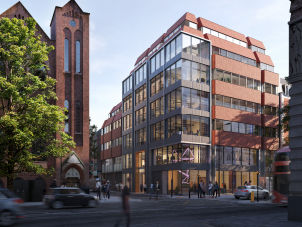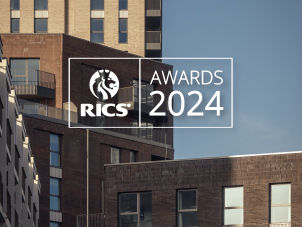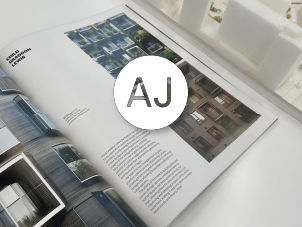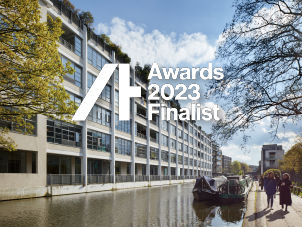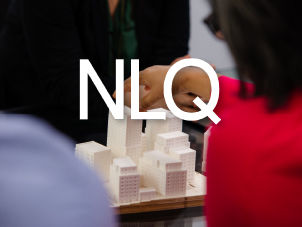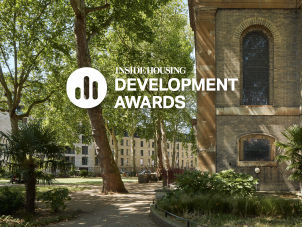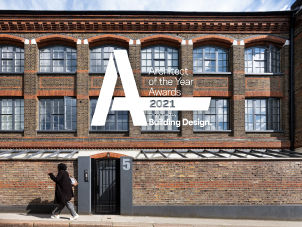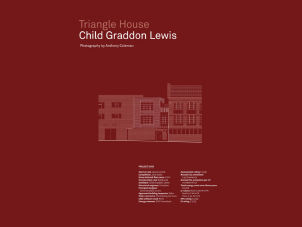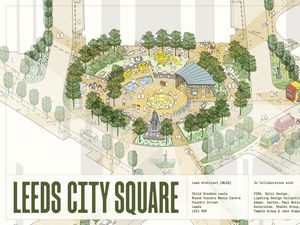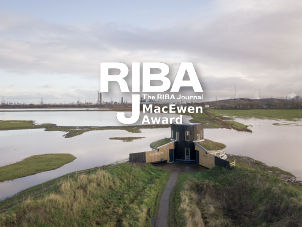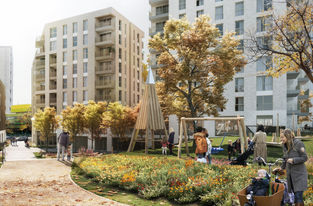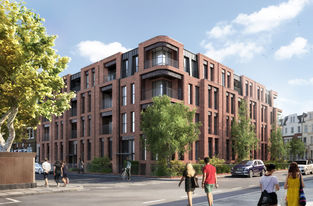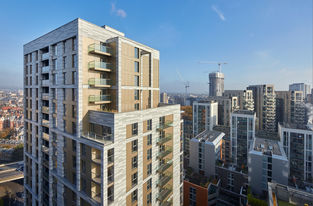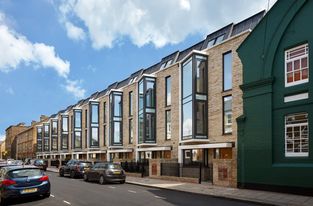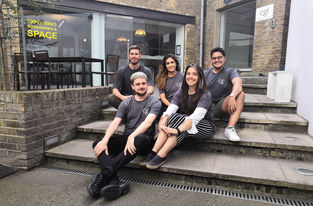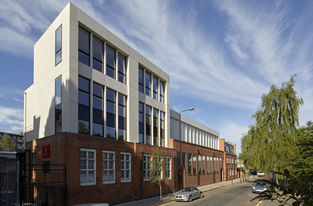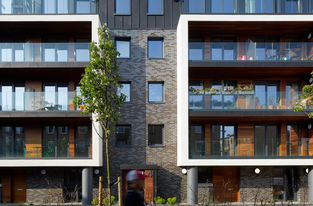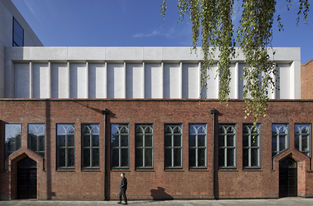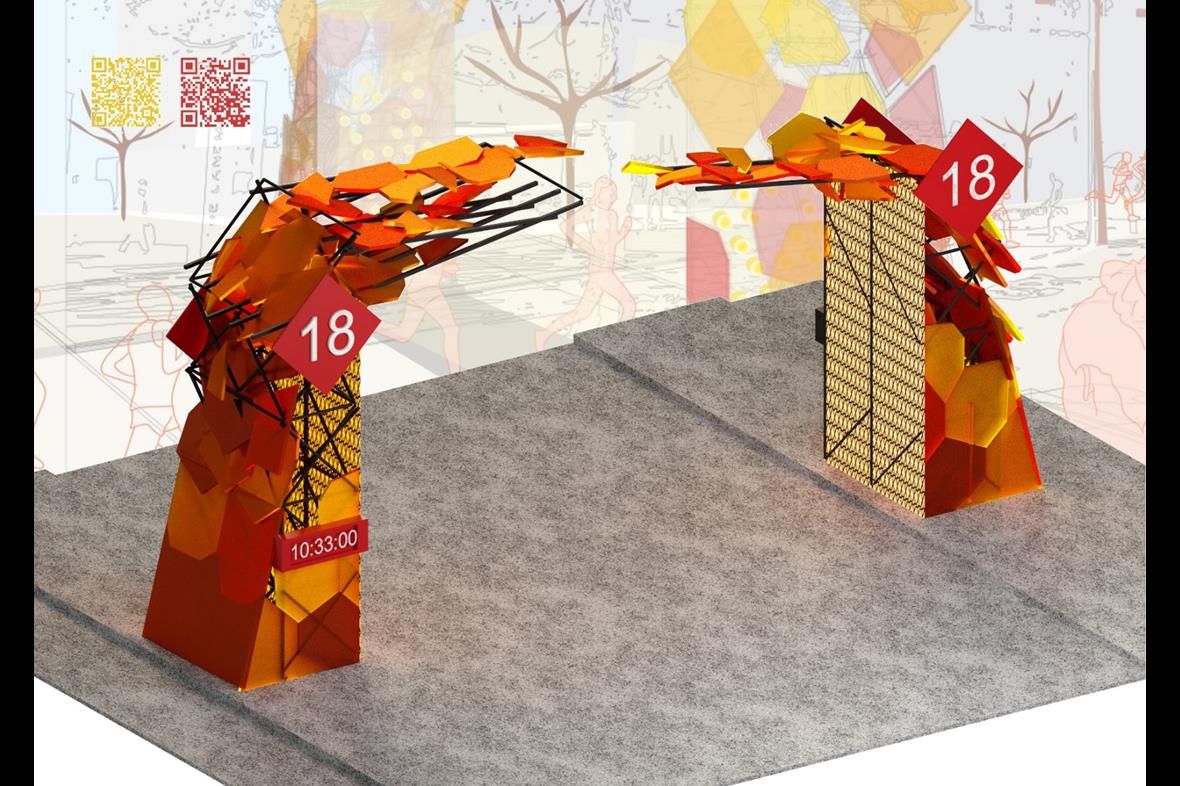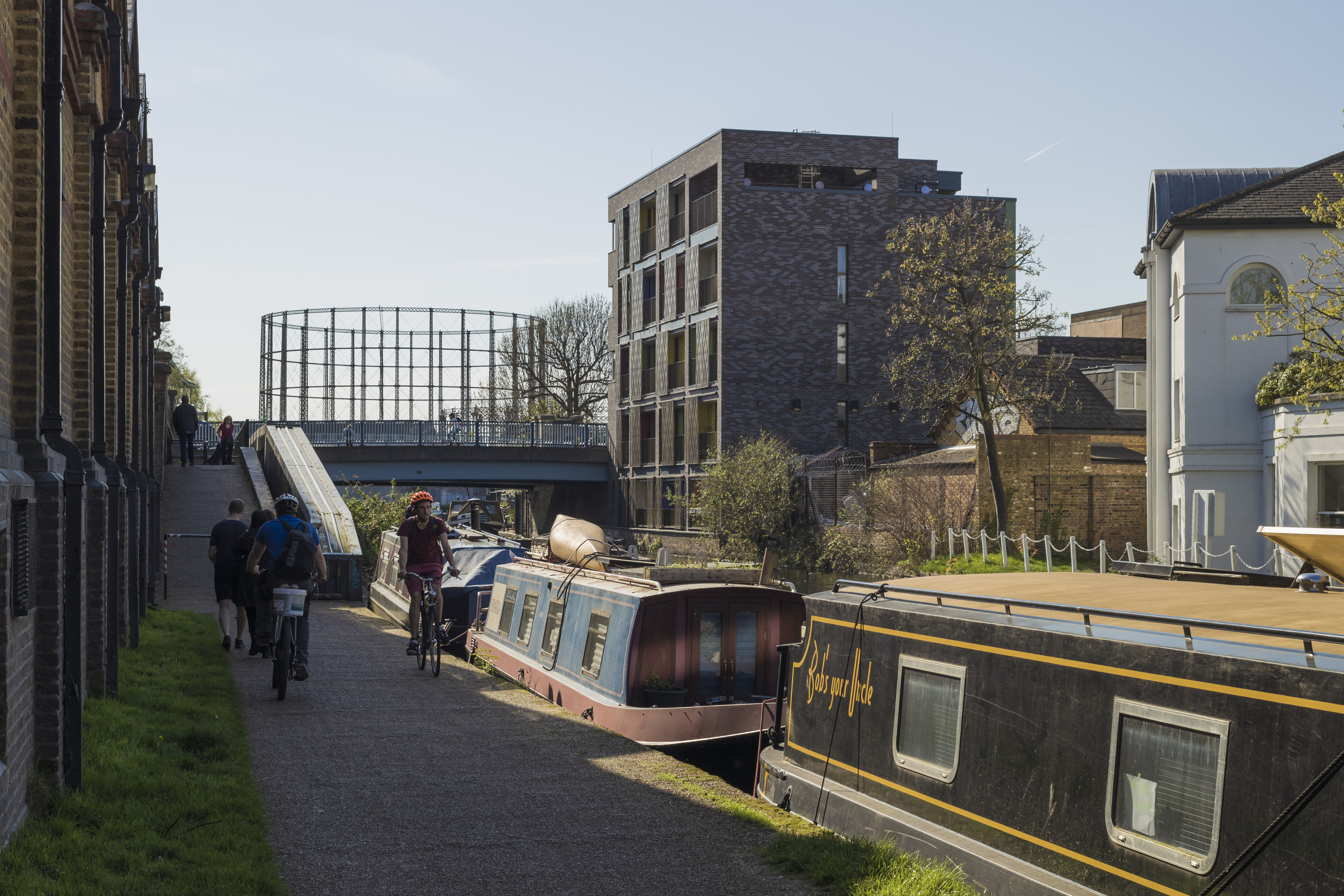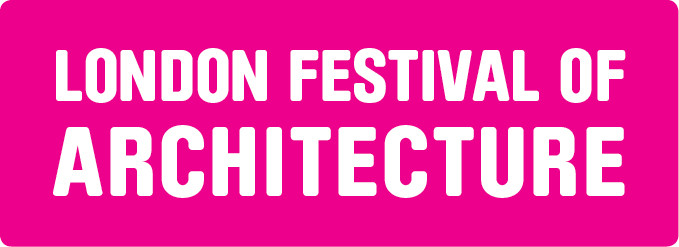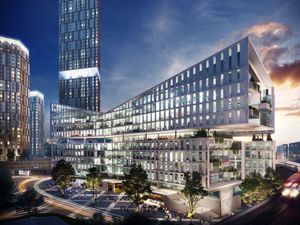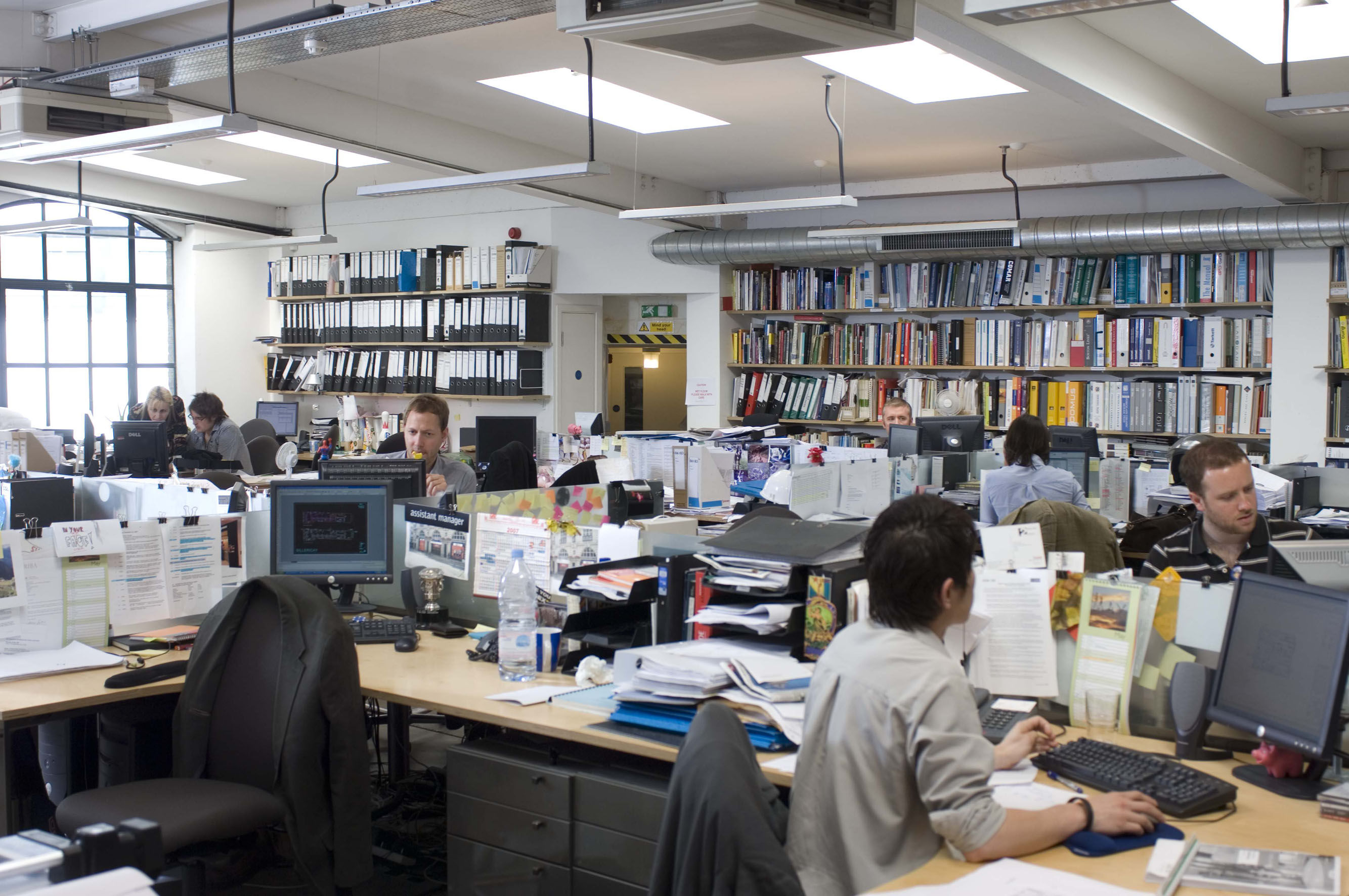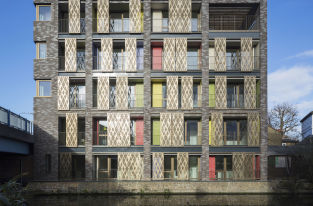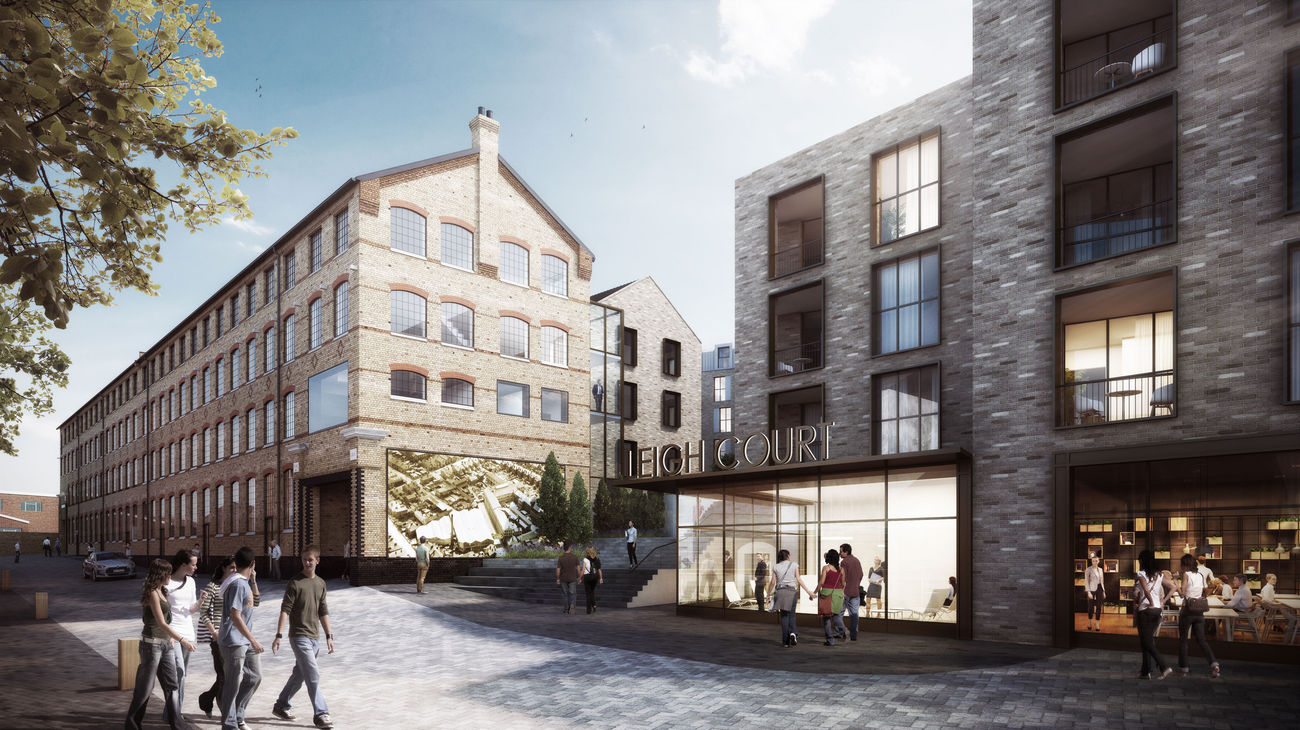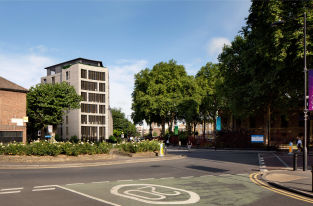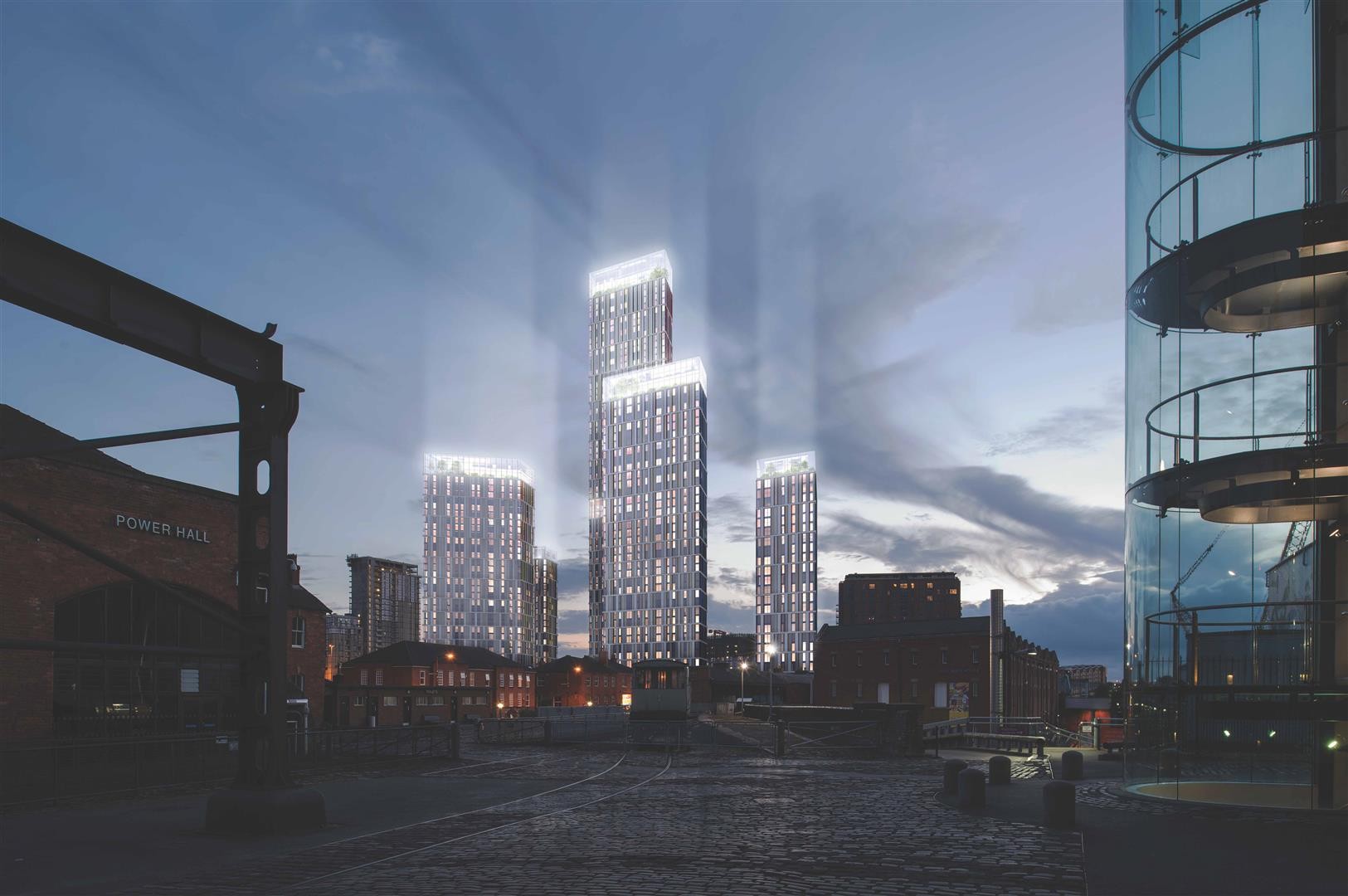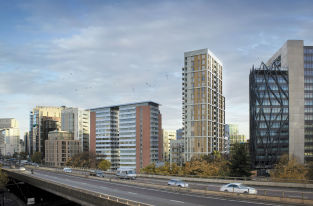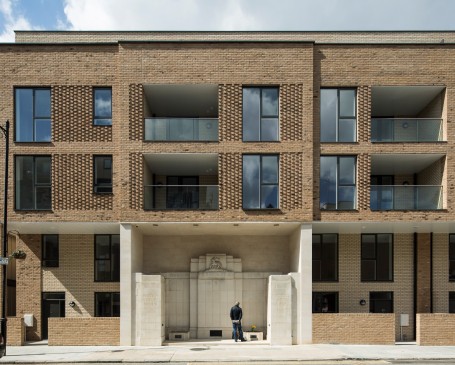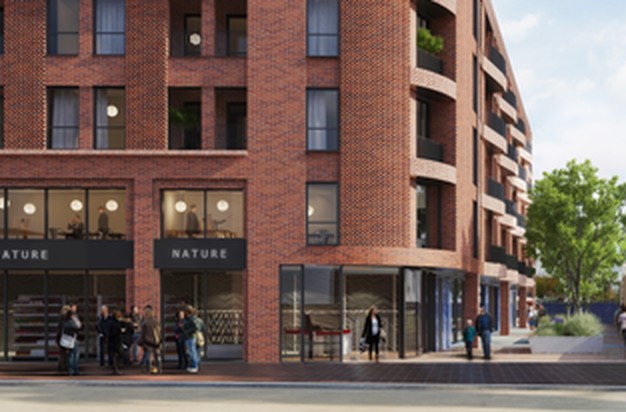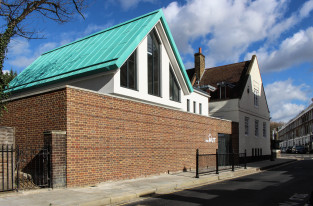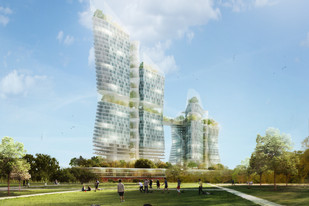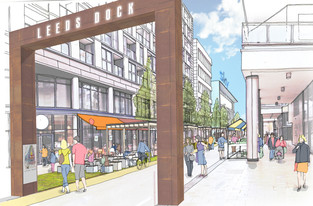The next version of The London Plan should look at how to better promote cycling
CGL recently attended the GLA’s London Plan Review event, alongside key urban design influencers including the UDL, Levitt Bernstein, Penoyre & Prasad, We Made That, Alison Brooks Architects and members of LSE and UCL. The aim of this event was to look at ‘what should the London Plan say about design?’
Following a series of presentations and discussions with an expert panel, CGL associate Joe Austin has given his thoughts on what he believed to be missing from the previous policies, as well as what he expects from the new ones.
Joe comments: “The next version of The London Plan should look at how to better promote cycling as a viable way of reducing PTALs*. At the moment, these ratings do not take into account cycling and bike use. Consideration could be given to the ability to increase a site's PTAL rating if a scheme can demonstrate improved inclusion and allowance of cycling.
“This is something CGL has been looking into for quite some time now. We understand that a significant amount of thought has also gone into the design of cycle parking in new offices and workspaces with dry secure storage, showers and ironing services. However, it would seem that less progress has been made in the secure and easy-to-use storage near to – or within – the buildings where people actually live.
“Recently, our Velo Village concept won an award for proposing just that – accessible storage for everyone. Following our own research, Velo Village has been developed as a housing design that could actually change the public perception of cycling by influencing behavioural patterns. For example, the dwellings have been designed with an integrated storage area adjacent to the entrance which is much more easily located, safe, secure, heated and large enough for all types and sizes of bikes.
“This focus on enabling access to cycling is vital to our Velo Village concept and we believe this sort of design approach should be echoed in the next London Plan. If introduced as part of a mixed use or residential development, such design traits have the potential to encourage healthier and more environmentally friendly lifestyles. As wellbeing becomes a fundamental factor in the design of all our buildings, we ultimately believe that this is something which we must consider as we continue to develop in and around central London.”
*A PTAL is a measure which rates locations by distance from frequent public transport services.




